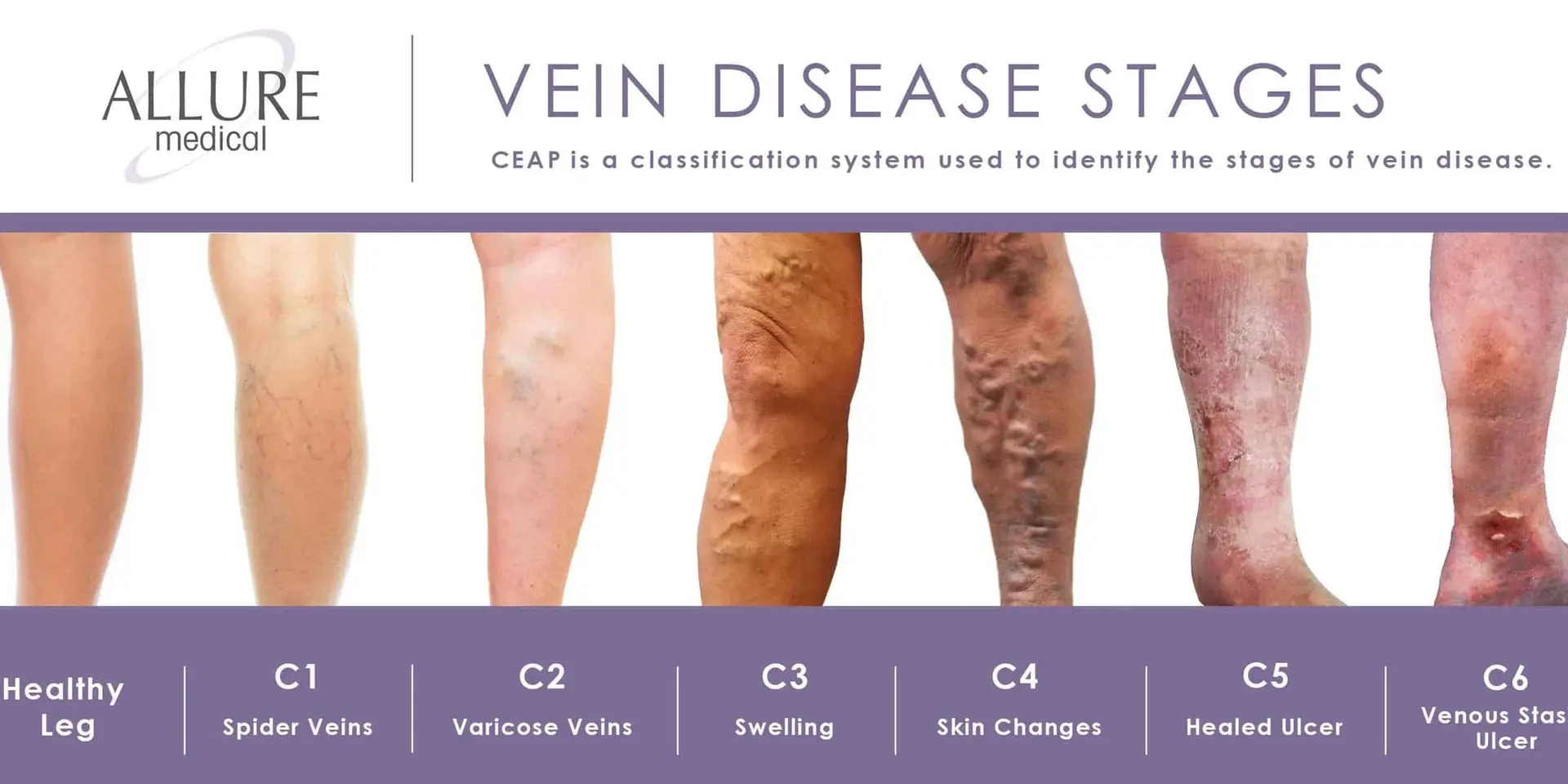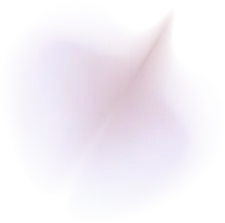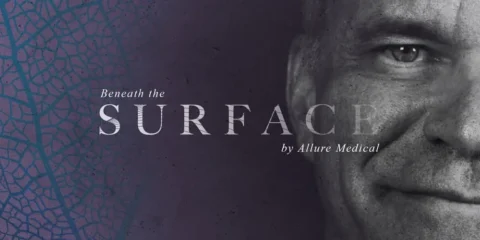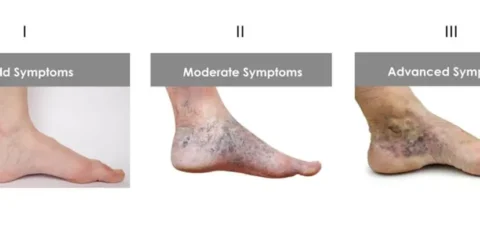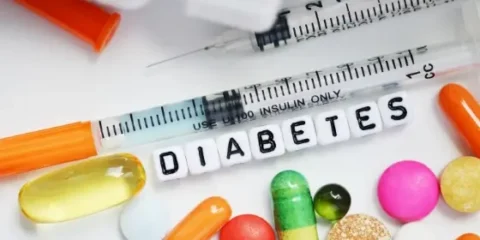As we described in a previous post, we focus on treating the most typically under served patients. These are patients who have a CEAP score of C4 and higher. We tend to refer to these patients as having “ugly legs.”
What does it mean to have “ugly legs?”
We use the term “ugly legs” because this is the stage at which a patient’s veins start to physically alter the appearance of their legs. At the C4 classification, we start to see visual changes to the skin like eczema, dermatitis, brown spots or other discoloration. As a patient’s veins worsen to the C6 classification, more 3D conditions like swelling, sores and ulcers start forming.
When legs become discolored or swollen, most people start to feel self-conscious and therefore hesitant to show their legs in public (e.g. say goodbye to going out in public in your favorite pair of shorts!). But in addition to the psychological trauma of having to deal with legs that make you feel physically unattractive, “ugly legs” patients also must deal with the pain that will inevitably follows.
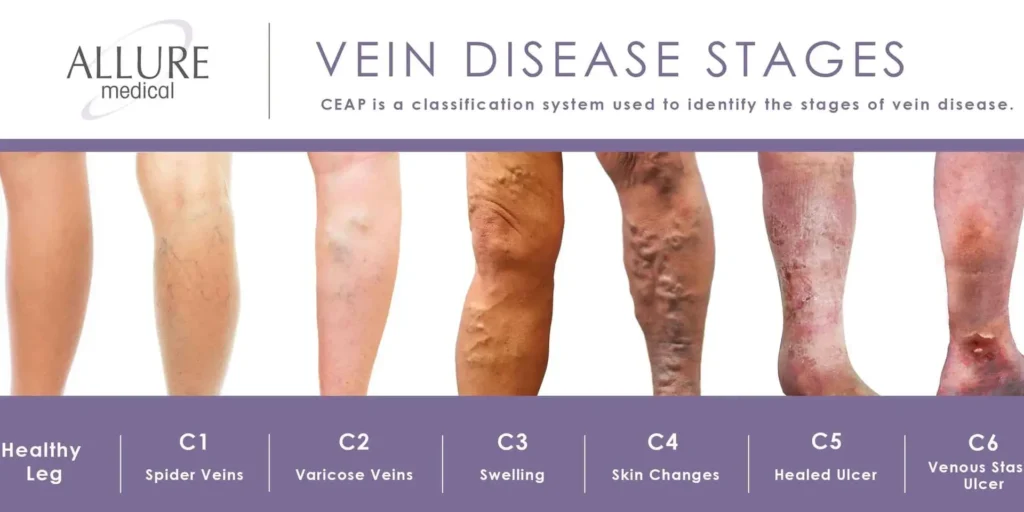
The pain associated with “ugly legs” will cause the average sufferer to involuntarily slow down. In more severe cases, patients lose their ability to move around completely – forcing them into a wheelchair! A study found that about 600,000 productive work days are lost each year because of this condition. Whether mild or severe, “ugly legs” disrupts and decreases your quality of life.
Even worse, once related conditions pop up, they don’t just “go away.” In fact, a paper entitled “Progression and Venous Pathology” noted that 58% of patients showed progression of their symptoms over time, worsening at a rate of 4.3% per year over the 13 years in which the study was conducted.
Ugly Legs Are Expensive
Not only is it potentially debilitating and requires immediate attention, “ugly legs” is also expensive. An article in the Journal of Medical Economics entitled, “Burden of Venous Leg Ulcers in the United States,” noted that the annual U.S. taxpayer burden for untreated ulcers related to vein complications is about $14.9 billion (this number is expected to climb to $20 billion over the next few years as the Baby Boomer generation gets older).
To better understand the magnitude of this number, consider that about 50% of the chronic wound care that is administered in the U.S. is for vein-related ulcers and that 5% of our entire national healthcare budget is paid out to wound care centers.
In summary, we know from our work that “ugly legs” is a significant public health concern that is leaving more and more people in pain and unable to function on a day-to-day basis. Now we also have numbers to show us that it’s an economic burden on the U.S. healthcare system – one that is only getting more expensive over time. Simply put, “ugly legs” is “bad” in more ways than one!
To learn more, get a free copy of Dr.Charles Mok booklet on varicose veins and venous insufficiency here.
Already having issues? Schedule your free leg screening today!

